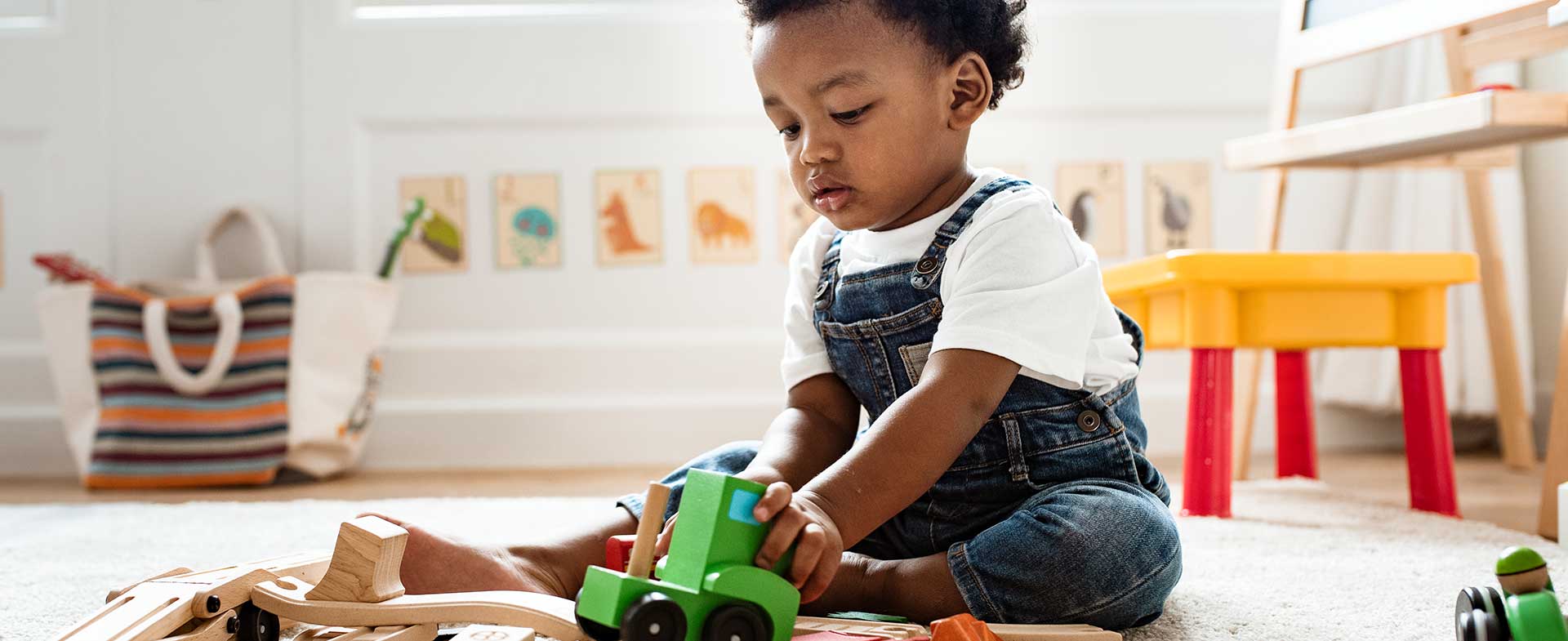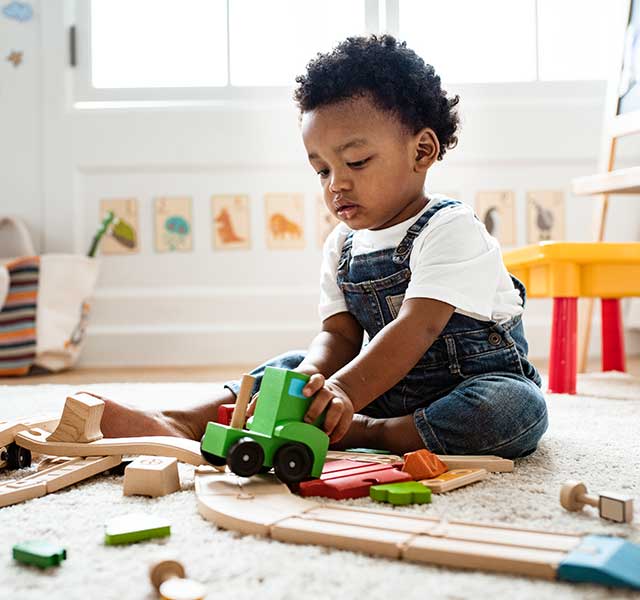Plastics make our lives convenient. They’re durable and difficult to break down, which is why it plays a starring role in kid-centric items ranging from toys and plate ware to fabric and hand soap.
“We’re finding that microplastics are basically all around us,” says Philip Kuriakose, M.D., a hematologist and medical oncologist at Henry Ford Health. “They’re in the food we eat, the air we breathe, even the clothes we wear.”
What Are Microplastics?
Small pieces of plastics seep into our environment from all sorts of places. And every plastic item that isn’t recycled breaks down into smaller and smaller pieces over time. The end result is billions of miniscule pieces of plastic in our oceans, soil and air supply. Even doing a load of laundry can release microplastics into the water system.
“It’s unclear whether these microplastics are problematic for humans,” says Dr. Kuriakose. “But since babies and small children tend to explore the world with their hands and mouths, it makes sense to try to reduce their exposure.”
How To Minimize Children’s Exposure To Microplastics
While it’s too soon to tell what types of health effects (if any) result from microplastics, experts theorize that excessive ingestion and inhalation can lead to cell damage or induced inflammatory or immune reactions. They may also act as endocrine disruptors. While we wait for the science to come in, you can take steps to minimize kids’ exposure to microplastics.
1. Choose safer clothing.
Most clothing has microplastics. The biggest offenders are soft fabrics made with polyester plush. “Try to buy fewer clothes using these fabrics,” says Dr. Kuriakose. Alternatives include natural materials like wool, hemp and silk. And, when possible, try and encourage hand me downs of these alternatives between siblings.

2. Pay attention to bedding.
Kids spend a lot of time nestled in bed (newborns sleep up to 18 hours per day). Unfortunately, cozy plush blankets and waterproof mattress liners often contain microplastics. Avoid plastic linings and opt for natural or organic sheets when you can.
3. Steer clear of plush toys.
Soft toys like stuffed animals often have microplastics. Rather than tear your child away from their beloved stuffie, consider creating a plush-toy zone in your house, and perhaps limit the time they spend with these toys.
4. Keep plastics out of the heat.
Plastic leaches more chemicals when exposed to hot temperatures. If you want to prevent baby bottles, sippy cups and plastic containers from shedding microplastics, keep them out of hot water from the dishwasher. And avoid microwaving your child’s food in plastic containers. Transfer the food to a glass or ceramic container before exposing it to heat.
5. Avoid microbeads.
Products like hand soap, lotions and body wash use plastic to promote absorption. Called microbeads, these products are a known source of microplastics.
6. Limit single-use plastics.
Single-use plastic like straws, water bottles and take-out cups are a big source of microplastic consumption.
7. Clean your home regularly.
Keeping a clean house is about more than appearances. Microplastics are often mixed up in the dust under our beds and circulating in the air. And if possible, keep children away from the areas that are being cleaned so as to further minimize their exposure to microplastics that could temporarily enter the circulation due to the cleaning process.
8. Keep laundry to a minimum.
Try to stretch out the time between washes. “Every time you use a washer and dryer, there’s a little bit of breakdown in the material that gets released into your environment,” says Dr. Kuriakose. Air drying your clothes instead of tossing them in the dryer will also help reduce the amount of microplastics released into your surroundings.
9. Consider investing in an air filter.
HEPA air filtration can help remove small particles from your circulating air. That’s a huge plus for babies and small children whose lungs are rapidly developing.
Feeling overwhelmed? Don’t panic. “It’s important to remember that we don’t have evidence that microplastics are affecting children’s development,” says Dr. Kuriakose. The key is to minimize your exposure as much as possible. Take a deep breath, start small and make simple changes first. Then just do the best you can.
Reviewed by Philip Kuriakose, M.D., a hematologist and medical oncologist who sees patients at Henry Ford Cancer - Detroit and Henry Ford Medical Center - Columbus.



